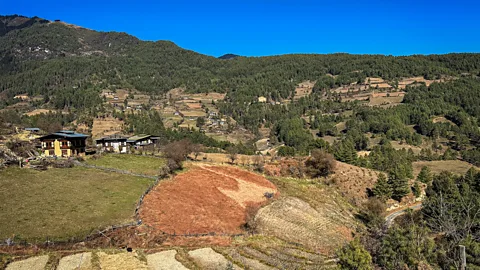Farm-to-cushion dining along the Trans Bhutan Trail
 Nicole Melancon
Nicole MelanconA network of farmhouses has sprung up along the newly reopened Trans Bhutan Trail, offering travellers a taste of Bhutanese cuisine and a rare glimpse into rural life and culture.
It was midmorning as my guide, Singay Dradul, and I approached a verdant valley in the district of Wangdue Phodrang. We had come from Pele La, one of Bhutan's highest es at 3,407m, which marks the boundary between the west and central parts of the Buddhist Kingdom. Over the past two hours of hiking, we had barely seen a soul except for a group of semi-nomadic yak herders who had recently come down to lower elevations for the winter.
We walked past a farmer, who greeted us warmly. "Kuzuzangpo la (hello). Have you seen my calf">window._taboola = window._taboola || []; _taboola.push({ mode: 'alternating-thumbnails-a', container: 'taboola-below-article', placement: 'Below Article', target_type: 'mix' });
